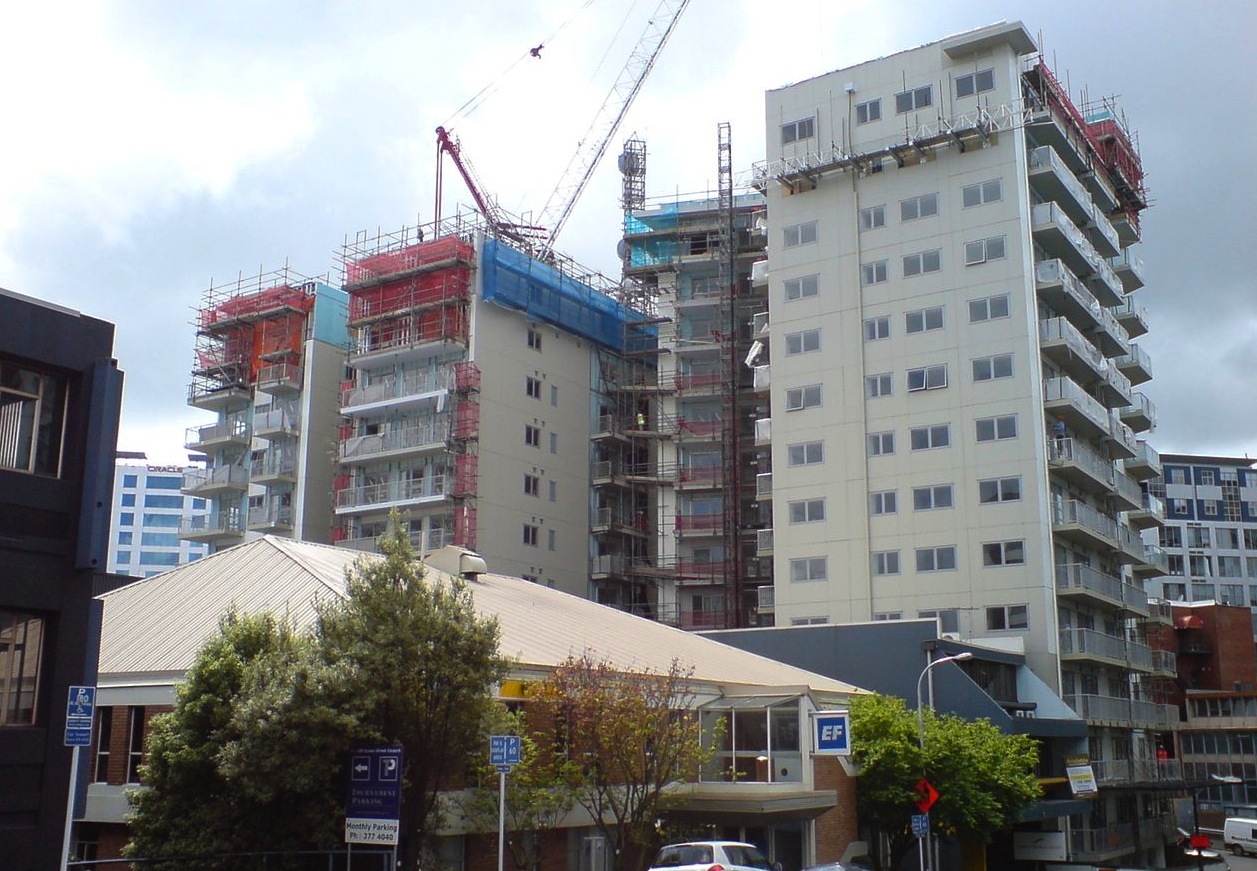By the end of 2015, 49 of 54 U.S. markets tracked by CoStar Group, the commercial real estate research firm, are expected to see their apartment vacancy rates increase.
That would suggest that supply in the multifamily sector is catching up with—or in several markets surpassing—demand. Last year, the 340,000 multifamily units started represented the highest level of construction since the 1980s. And some 20,000 new apartments are expected to come online in both Dallas and Denver alone this year.
Yet, despite the threat of oversupply there appears to be a consensus emerging, that positive demographic and economic forces could keep multifamily demand robust—and construction humming—at least through 2016.
The ever-optimistic National Association of Home Builders, for example, forecasts 358,000 multifamily starts in 2015, a level that Robert Denk, NAHB’s senior economist, thinks is “healthy and sustainable.” He told Multifamily Housing News recently that he expects that construction level to be maintained “for the next couple of years.” Denk also expects the country’s economic growth rates to be “high” in 2016.
In its Fourth-Quarter and Year-End 2014 Report, CoStar acknowledges that developers may need to “dial back” new construction after 2015 to keep vacancies (which ended last year at their lowest point in 10 years) and rents at healthy levels. CoStar estimates that new supply could push vacancy rates to 5.5% by the end of 2015.
On the other hand, today’s renter cohort, comprised largely of Millennials, “will take longer to transition into home buying than any demographic group in the last 30 years—obviously a good trend for apartment owners,” says CoStar. The research firm also foresees a 2-million-person increase in Millennial employment over the next few years, resulting in 1.53 million new households. “Apartment investors will find plenty of demand for new product.”
While some renters eventually will start families and relocate to homes in the suburbs, “a larger share of older households will be in the rental market,” mostly for lifestyle reasons. CoStar expects landlords to make a concerted effort to address the needs of renters as they age.
Multifamily as an asset class now exceeds $3 trillion, according to Andrew Florance, Founder and CEO of CoStar Group, which has detailed information on over 450,000 apartment properties in its database, the industry’s largest. More than 100 million Americans now rent, and 30 million people move annually. On Feb. 17, CoStar re-launched Apartments.com, its website for online searches of apartments, condos, and rental homes. Florance projects that, based on anticipated demand, within the next 10 years CoStar Group could achieve $550 million in annual revenue and $250 million in annual cash flow from this site.
CoStar will invest $75 million into marketing Apartments.com in 2015, a multimedia campaign that is scheduled to kick off on March 1.
Related Stories
| Nov 13, 2013
Installed capacity of geothermal heat pumps to grow by 150% by 2020, says study
The worldwide installed capacity of GHP systems will reach 127.4 gigawatts-thermal over the next seven years, growth of nearly 150%, according to a recent report from Navigant Research.
| Nov 8, 2013
Net-zero bellwether demonstrates extreme green, multifamily style
The 10-unit zHome in Issaquah Highlands, Wash., is the nation’s first net-zero multifamily project, as certified this year by the International Living Future Institute.
| Nov 6, 2013
Dallas’s goal of carbon neutrality by 2030 advances with second phase of green codes
Dallas stands out as one of the few large cities that is enforcing a green building code, with the city aiming to be carbon neutral by 2030.
| Oct 30, 2013
15 stellar historic preservation, adaptive reuse, and renovation projects
The winners of the 2013 Reconstruction Awards showcase the best work of distinguished Building Teams, encompassing historic preservation, adaptive reuse, and renovations and additions.
| Oct 30, 2013
11 hot BIM/VDC topics for 2013
If you like to geek out on building information modeling and virtual design and construction, you should enjoy this overview of the top BIM/VDC topics.
| Oct 28, 2013
Urban growth doesn’t have to destroy nature—it can work with it
Our collective desire to live in cities has never been stronger. According to the World Health Organization, 60% of the world’s population will live in a city by 2030. As urban populations swell, what people demand from their cities is evolving.
| Oct 25, 2013
$3B Willets Points mixed-use development in New York wins City Council approval
The $3 billion Willets Points plan in New York City that will transform 23 acres into a mixed-use development has gained approval from the City Council.
| Oct 23, 2013
Gehry, Foster join Battersea Power Station redevelopment
Norman Foster and Frank Gehry have been selected to design a retail section within the £8 billion redevelopment of Battersea Power Station in London.
| Oct 18, 2013
Meet the winners of BD+C's $5,000 Vision U40 Competition
Fifteen teams competed last week in the first annual Vision U40 Competition at BD+C's Under 40 Leadership Summit in San Francisco. Here are the five winning teams, including the $3,000 grand prize honorees.
| Oct 18, 2013
Researchers discover tension-fusing properties of metal
When a group of MIT researchers recently discovered that stress can cause metal alloy to fuse rather than break apart, they assumed it must be a mistake. It wasn't. The surprising finding could lead to self-healing materials that repair early damage before it has a chance to spread.

















